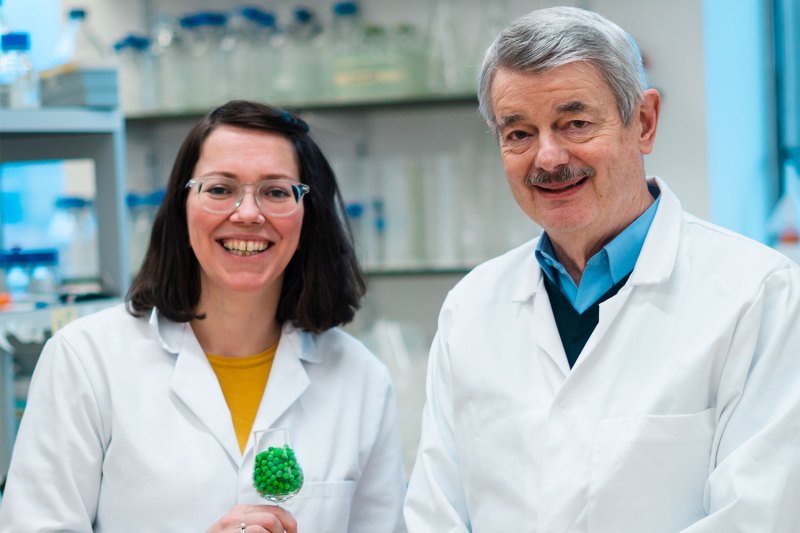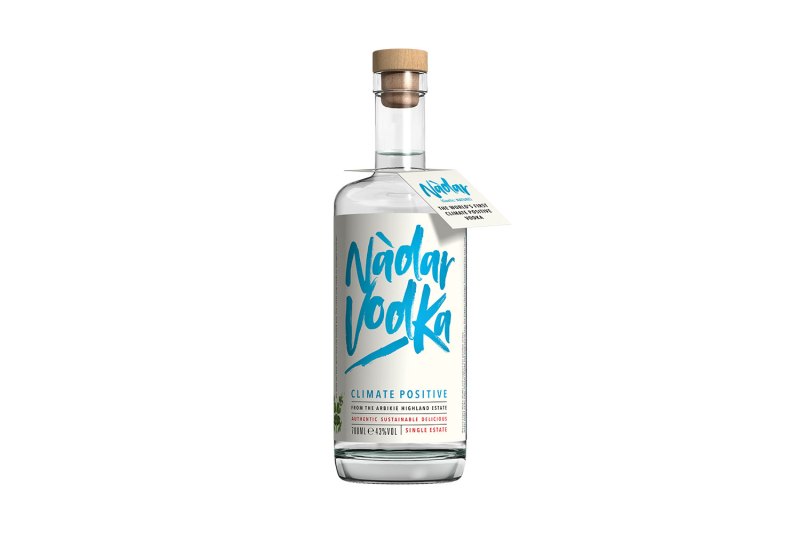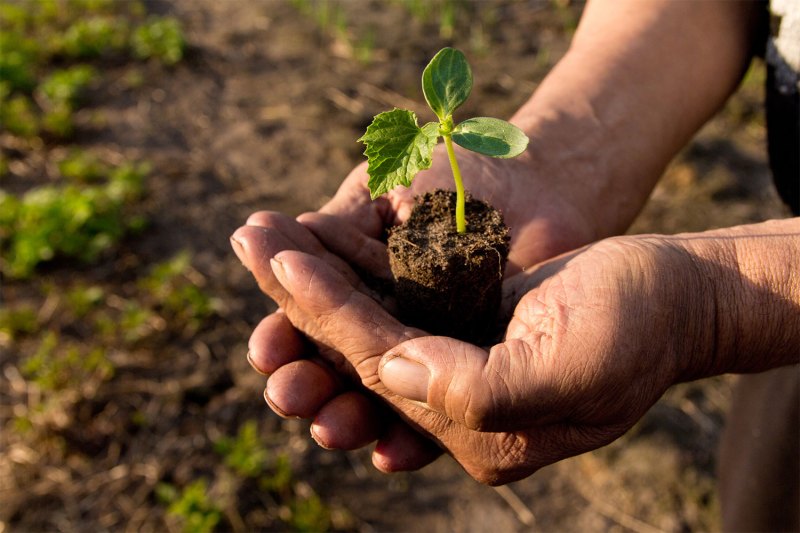After making history earlier this year by launching Nàdar Gin, the world’s first groundbreaking climate-positive distillate, Scottish “field-to-bottle” distillery Arbikie Highland Estate is back at it again, adding another climate-positive creation to its sustainability lineup.
This time, it’s Nàdar Vodka.

Released on August 28th in celebration of World Sustainable Spirits Day, Nàdar Vodka is made in the same manner as Arbikie’s revolutionary Nàdar Gin, using peas for the base spirit instead of wheat. This key switch is what allows Arbikie to achieve the ultra-low carbon emission numbers required for a product to be climate positive. As opposed to climate-neutral, which means that a product doesn’t create any new CO2 during its production process, climate-positive is the next frontier of production and industry, achieved when a product avoids producing more carbon dioxide emissions than it takes to create the product.
“Sustainable products, particularly in the area of food and drink, are undoubtedly the future,” says Arbikie director Iain Stirling.

As Master Distiller Kirsty Black discovered when creating Nàdar Gin, peas and other legumes yield a much small carbon footprint than traditional grains thanks to their unique process of extracting their own nitrogen from the air, thereby eliminating the need for additional fertilizers that contain nitrogen and are known to be major polluters.
This, plus Arbikie’s focus on single-estate production by growing most of its other ingredients at its own farm in eastern Scotland, as well as managing its own distilling operation on-site, is what allows the brand to create a spirit with carbon savings of >1.53 kg CO2e per 700 ml bottle.

“By shifting our focus to climate change and biodiversity loss we not only want to minimize our impact on the environment but also inspire and demonstrate to others the potential options available and how they might take advantage of these challenges,” Black stated in a press release announcing the new vodka.
Black and the Arbikie team also decided to forego the usual neutral, tasteless vodka route in favor of a vodka that showed nuance of flavor. With a smooth and silky mouthfeel, Nàdar Vodka has a zesty, spicy taste, contrasted with “floral notes” on the nose. With such a unique flavor and scent combination, it’s bound to be a great vodka for mixing.
After spending five years working on Nàdar Gin, which was just released in March of this year, this latest addition to the Nàdar sustainable spirits family is a fast turn-around, showcasing the distillery’s ongoing commitment to increasing its sustainability in its own operations and encouraging other distilleries to do the same.
“Arbikie is focused on becoming one of the world’s most sustainable distilleries, as both farmers and distillers we are in an ideal position to grow & distill our family of sustainable spirits,” says Stirling.
With 43% ABV, Nàdar Vodka is now available for purchase on Arbikie’s website.



